Abrapa increases its focus on the Chinese market
Calendar and Events |
The Brazilian Cotton Growers Association (Abrapa) took part in the China National Cotton Exchange (CNCE) annual Gala, this Friday (8th). This is the largest event in the Chinese cotton sector with 27.7 thousand attendants / 531 comments / 698 sharing for this conference.
With the crop forecasts for the coming years, the CNCE emphasized the central message that Brazil is the partner that has greatest potential for the Chinese textile sector in the medium term. Brazil, after all, can guarantee the supply of good volumes of a high-quality product that is produced in a sustainable way.
“All scenarios in the sector see Brazil as a competitive and sustainable player in the international cotton market in the long term. At the event, we presented statistics that back up this analysis, even in the post-pandemic era and with the conflict scenario in Ukraine”, remarked Abrapa’s President, Júlio Busato.
On both sides, a willingness to strengthen the partnership is not lacking. Year after year, trade between the two countries has been growing. In 2019/20, Brazil accounted for 37% of total Chinese cotton imports: 577 thousand tonnes were shipped. In the 2020/21 trading year, volume increased by 25% reaching the mark of 721 thousand tonnes.
“We have greatly increased our share of the Chinese market in recent years and we have the potential to grow even more”, stated Marcelo Duarte Monteiro, Abrapa’s Director of International Relations. For the current season (which started in August 2021 and ends in July 2022), the forecast is for 1.74 million tonnes to be exported from Brazil of which 79% had already been shipped by the end of March. China was the destination for 34% of this volume.
For the 2022/23 season, Abrapa is forecasting a rise of 21% in foreign sales compared to 2021/22, reaching a total of 2.1 million tonnes. The goal for 2030 is to hit the mark of 3.1 million tons, an increase of 80% compared to 2023.
“Although it is the second largest cotton producer in the world, China has a very large demand that can only be met through imports. Brazil is a rising partner that has a high-quality product available 12 months a year, and which is produced sustainably and with no political or diplomatic limitations”, added Mr. Busato.
During the event, Abrapa emphasized to the Chinese buyers its aim to continue increasing production and exports. However, in the short term, the challenge for the crop that will be planted from November onwards is related to the prices and availability of fertilizers, which is causing concern among Brazilian producers. Most of the nutrients used in cotton growing in Brazil are imported (94% of potassium, 76% of nitrogen and 55% of phosphate, for example).
Data were also presented at the event showing that, in addition to the increasing rate of production growth, the quality indicators of Brazilian cotton are improving annually, together with sustainability indicators. “Currently, 84% of our production is Better Cotton, which places us in the position as the world’s largest supplier of BCI licensed cotton,” stated the President of Abrapa.
Another aspect that Abrapa presented at the event was the traceability system. As of this year, quality indicators, sustainability data and the origin of Brazilian cotton can be accessed via a QR Code on a cell phone. This information can also be obtained at the Abrapa portal.
Partnership
Established in 1997 by the Chinese central government, the CNCE manages China’s largest cotton business platform. It brings together more than 4,300 spinning mills, responsible for 90% of Chinese domestic consumption, in addition to 90% of domestic cotton traders. Abrapa is the largest representative of the Brazilian cotton-growing sector. The association represents 99% of all national production and 100% of Brazilian exporters. Since June 2021, Abrapa and the CNCE have maintained an institutional partnership aimed at intensifying the exchange of information between the two countries with a focus on expanding cotton trade.
Cotton Brazil
Starting in 2020, Abrapa has been running the Cotton Brazil program which is aimed at market development for Brazilian cotton growers. This program is run in partnership with the Brazilian Trade and Investment Promotion Agency (Apex Brasil) and the National Association of Cotton Exporters (Anea) and seeks to prospect markets and to promote Brazilian cotton. The program has the support of the Ministry of Foreign Affairs (MRE) and the Ministry of Agriculture, Livestock and Supply (Mapa) and has a representative office in Singapore, one of the main logistics hubs in the Asian market, which accounts for about 98% of the market share of Brazilian cotton.
